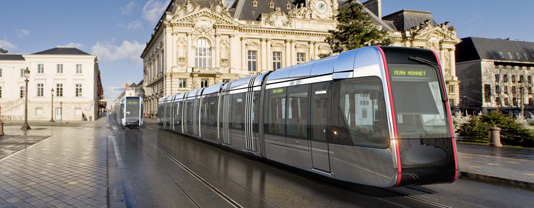All over the world rail transport systems are spreading in cities and metropolitan areas, representing the only real solution to urban traffic congestion
In 2025 at least 60% of the world’s population is expected to be living in densely populated urban areas. A phenomenon which is unlikely to see a reverse trend even beyond that date. The concentration of such a large part of the population in relatively restricted areas poses enormous problems of mobility. An example of what it means to move millions of people every day can already be seen in a number of megalopolis: take for example Mexico City and Los Angeles, but also Mumbai and Shangai.
According to forecasts released by UITP (the international network for public transport authorities and operators) the real challenge, between now and 2025 (in other words just 12 years down the line which, if you take into account the time it takes to design and build any kind of public transport system, is as good as saying the day after tomorrow) will be to offer a real alternative to the over 6.3 billion estimated car journeys made every day in the world’s major cities.
More cars and journeys on urban roads means even greater traffic congestion, a higher number of traffic-related deaths, higher levels of pollution and a massive dependence on fossil fuels. A trend which needs to be reversed, not only for environmental reasons (the need to limit CO2 emissions which contribute to the greenhouse effect), but also for economical reasons. In fact the amount of time wasted in traffic, traffic jams and due to the impossible task of finding a parking space, has a significant value in economic terms, and a recovery in system efficiency, also in the field of mobility, would create overall positive knock-on effects. Integration between sustainable urban development and public transport projects makes it possible to achieve individual and collective savings, improve the environment and optimize the use of precious urban spaces. UITP calculates that the cost of transport for an urban community is equal to 5% of GDP in the largest cities, where public transport is widely used, but reaches up to 12% of GDP in areas of urban sprawl where the main means of transport is still the car. In countries like the USA, where mobility revolves around the use of the car, the cost of transport is approximately double that of countries which have focused on public transport.
(Photo courtesy of Alstom transport)
Full article is available only for registered users.
Click the link below to download pdf version of Railway Engineering
